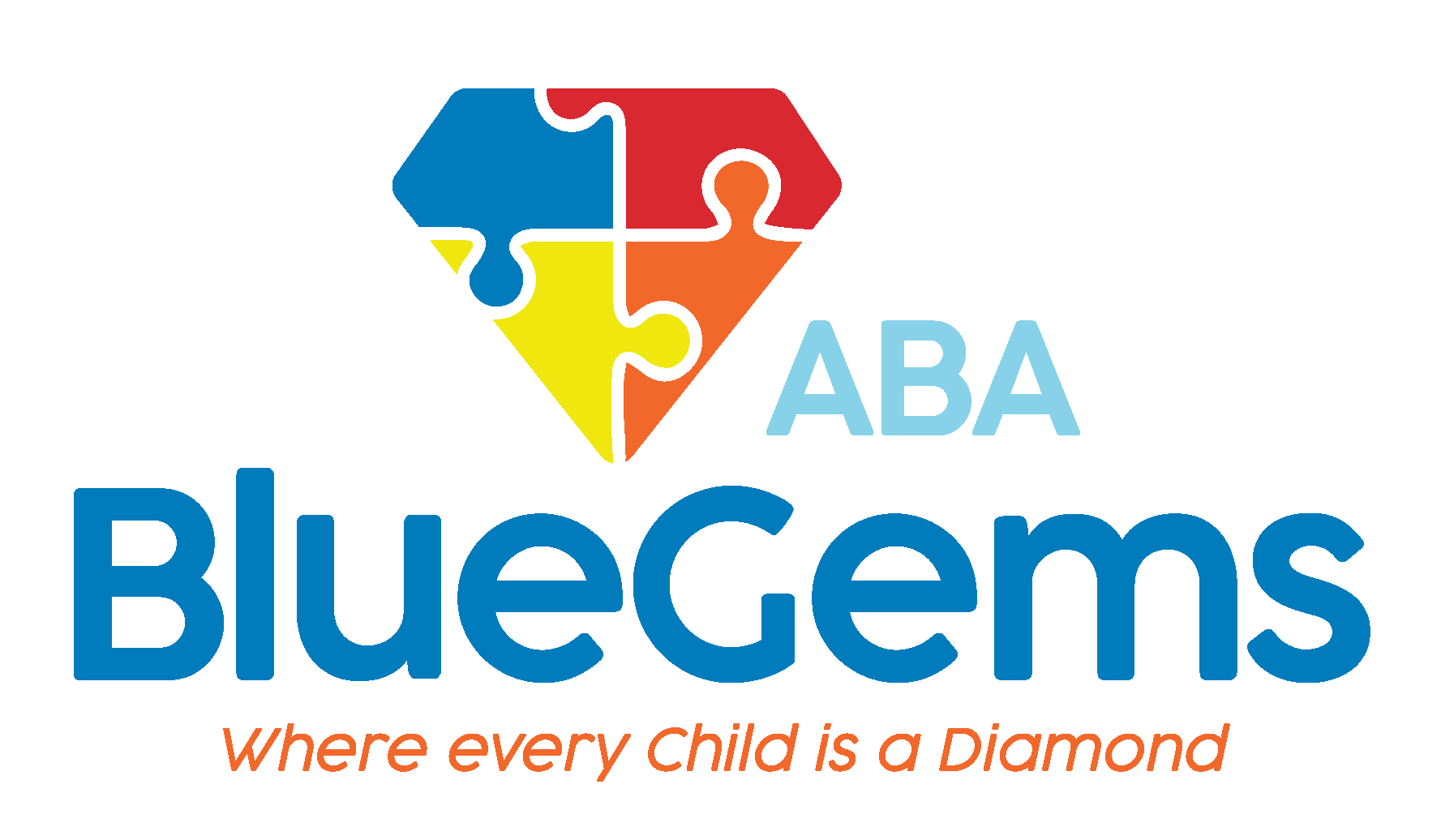Top Strategies for Parents to Use ABA Techniques at Home
A key component of applied behavior analysis, or ABA therapy, is parental involvement. ABA therapists have many strategies for helping children with autism spectrum disorder (ASD) during sessions, but those strategies really need to be emphasized and reinforced outside of sessions, too, if they are to be truly long-lasting and effective.
This is why a big part of ABA therapy is involving parents in the process. Not only does this include providing parents with consistent updates about their child’s progress; it also includes actually equipping parents with the tools they need to carry out the strategies that work for supporting their child.
ABA therapists integrate parents into the treatment plan consistently and help them understand what strategies work and what they can do to best support their child in their daily lives.
While every child with autism is unique — and therefore will respond differently to different strategies — there are some general tips that parents can use at home. Below are some of the top strategies for parents to use ABA therapy techniques at home.
Learn more about parent involvement in ABA Therapy.
Table Of Contents
Modeling
Many children regardless of their developmental abilities respond well to modeling. When they are shown how something works, how to do something or how they should act, they are more likely to respond positively.
This is especially true of children on the autism spectrum. That’s why modeling is such an important strategy that ABA therapists use in sessions, and it’s something that parents can easily do at home, too.
Through modeling, parents can teach children how to master the skills of communication, problem-solving, self-control, dealing with their emotions and so much more.
Parents can demonstrate how their child should behave in certain situations, which their child can then emulate in similar situations. This can be done by showing what they should do step-by-step, talking out the instructions while also visually acting it out.
Learn more about the techniques of ABA Therapy
Positive Reinforcement
Another major principle of ABA therapy is positive reinforcement. When therapists are teaching new skills or helping children substitute negative behaviors for positive ones, they reward children when they successfully exhibit the desired behavior.
This can be as simple as giving the child extra praise or allowing them time to play with a toy they love when they complete the task successfully. A great aspect of positive reinforcement is it’s something that parents can easily do at home with their children.
Parents can work directly with ABA therapists to figure out what motivates their child best as a reward, and then use that reward when their child does something successfully. Positive reinforcement can be used in various forms throughout the day, as the child gets dressed, brushes their teeth, prepares themselves a snack, expresses how they feel and so much more.
Set a Routine and Stick to It
Children who have autism thrive on routines. It helps them predict what’s about to happen and when, which makes them feel more comfortable and prevents them from becoming overwhelmed.
Parents can help support their child at home by setting routines and then sticking to them as often as possible. The more predictable the child’s life is, the more successful they are likely to be.
Along the same lines, parents should also establish clear expectations and rules for their children. These rules need to be simple and also appropriate for their child’s age and development.
This helps to establish parameters for the child to work within, and also allows for the creation of a rewards system when the child follows those rules.
Prompts and Visual Supports
ABA therapists rely heavily on prompts and visual supports during sessions with patients. A main reason for this is that many children with ASD are visual learners.
Prompts can be visual, such as a picture of a toothbrush to signify that it’s time to brush their teeth. They can also be physical, verbal or a combination of any.
By using prompts, parents will be building on strategies used in ABA therapy sessions to notify their child that it’s time to do something. Then, by providing them with visual supports whenever possible, parents can make it easier for their child to do what they’re expected to do.
Blue Gems ABA Crafts Personalized Treatment Plans for Children with Autism
For ABA therapy to be successful, parents need to be educated on strategies and equipped with the proper tools to help them once sessions are over. Luckily, there are many basic strategies that parents can follow to help support their children at home.
At Blue Gems ABA, our team of experienced BCBAs craft personalized treatment plans that address the unique strengths and challenges of each individual child. Doing so helps to best support that child, and also helps equip parents with strategies that work for their child.
To learn more, please contact us today.




